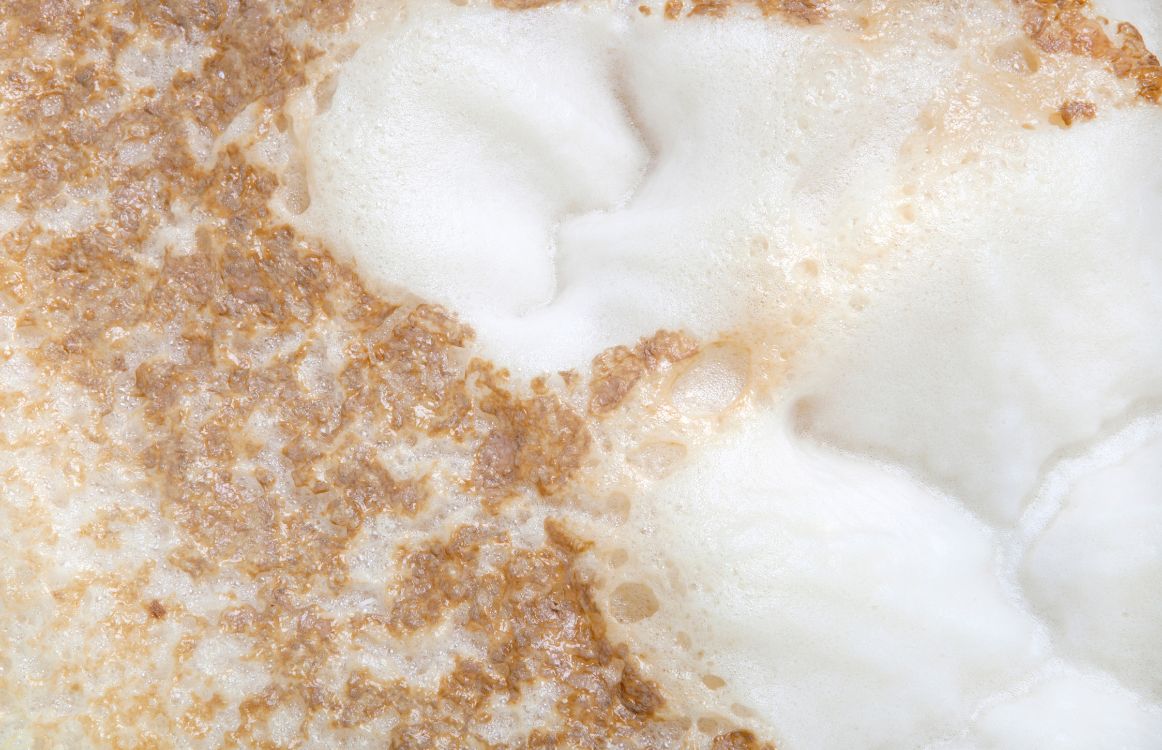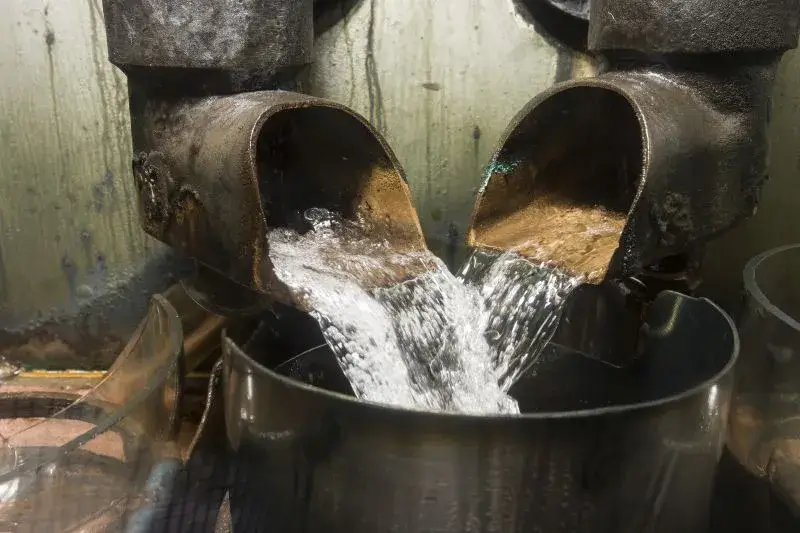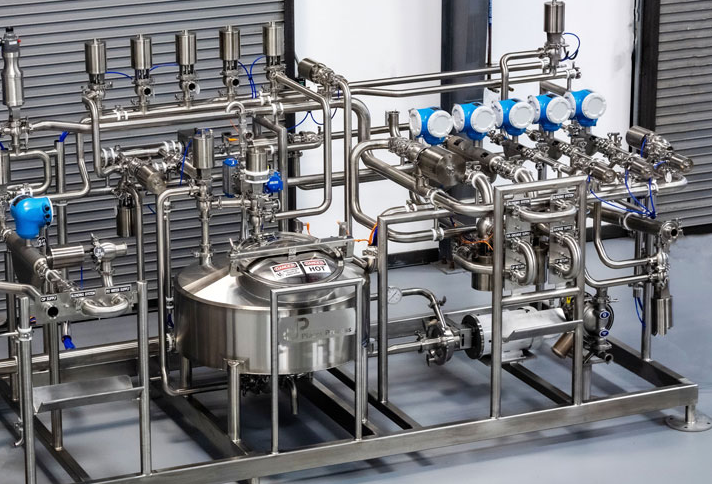I. Alcohol Concentration Determination in Distillation
Observe Bubbles in Brewing
Bubbles generated in brewing are important criteria to judge the concentration of liquor. The liquor maker estimates the preliminary alcohol concentration by observing the amount, size and duration of the bubbles produced during distillation. Liquors with more bubbles and longer duration are higher alcohol concentrations in usual.
Vapor Pressure and Time Adjustment
The concentration of the liquor can be adjusted by changing the vapor pressure and distillation time. The liquor maker adjusts the heating temperature to control the concentration of the liquor for different boiling points of alcohol and water. Extract alcohol through correlating relation between the temperature and density on the basis of 20℃ and a concentration of 55 degrees, namely the technique involving “three temperatures and one concentration”.


Eliminate the Foreshots and Feints
The distilled liquor is divided into foreshots, hearts and feints. The foreshots and feints are low in concentrations and couldn’t being taken as finished liquor. The liquor maker will eliminate 10% of the foreshots in the front section and 5% of the feints in the rear section, and only take the middle section hearts as the finished liquor. The feints can be returned to the sieve and distilled again.
Adjust the Distillation Speed
Too high or low distillation speed will affect the concentration of the liquor. In general, the distilled liquor is suitable within 20-30 kg per hour to ensure that the concentration of the liquor is stable and meets the requirements.
2. Processing after Extraction
Classification and Storage
Extracted liquor is categorized and stored according to the concentration and flavor, which is convenient for subsequent blending and batching.
Selection of Different rounds of Liquor & Flavored Liquor
Liquors will be extracted many times in the brewing process, and they vary in flavour. By selecting liquor from different rounds and adding flavored liquor (such as sauce-flavored liquor and bottom-flavored liquor), the concentration and taste of the liquor can be adjusted.
Quality Inspection
Inspect the alcohol content, taste and flavor of the extracted liquor to ensure that the quality meets the requirements.
Sample Blending and Formal Blending
Blend a sample to optimize ratio of various bases after determining the body of the liquor. Then blending them in batch via mechanical devices like alcohol concentration meter for even disturbance to ensure the consistent concentration and flavour.
Verification and Fine-Tuning
Take a small amount of samples for sensory and physical and chemical evaluation after batch blending, and compare them with the sample blending results. If there is a deviation, analyze the cause and make adjustments until the standard is met.

3. Application of Lonnmeter Online Density Meter
During the brewing process of liquor, Lonnmeter online density meter can monitor the density and concentration of the liquor in real time, and provide accurate data support for distillation and blending. Its advantages include:
Real-time monitoring: the density of the liquor is measured in real time to help the liquor maker control the concentration of the liquor more accurately in distillation.
Automated control: the vapor pressure and distillation speed are automatically adjusted to improve production efficiency if the alcohol density meter is linked to distillation equipment.
Quality assurance: accurate concentration data is provided to ensure the taste and quality consistency of the finished liquor as blending.
Summary
The control of alcohol concentration in liquor brewing is a complex and delicate process, involving distillation, elimination of foreshots and feints, selection of different rounds of liquor, blending and other workflows. By combining traditional techniques with modern technology (such as the Lonnmeter online density meter), the concentration of the liquor can be controlled more accurately to ensure that the quality and taste of the liquor meet the expected standards.
Post time: Feb-07-2025





